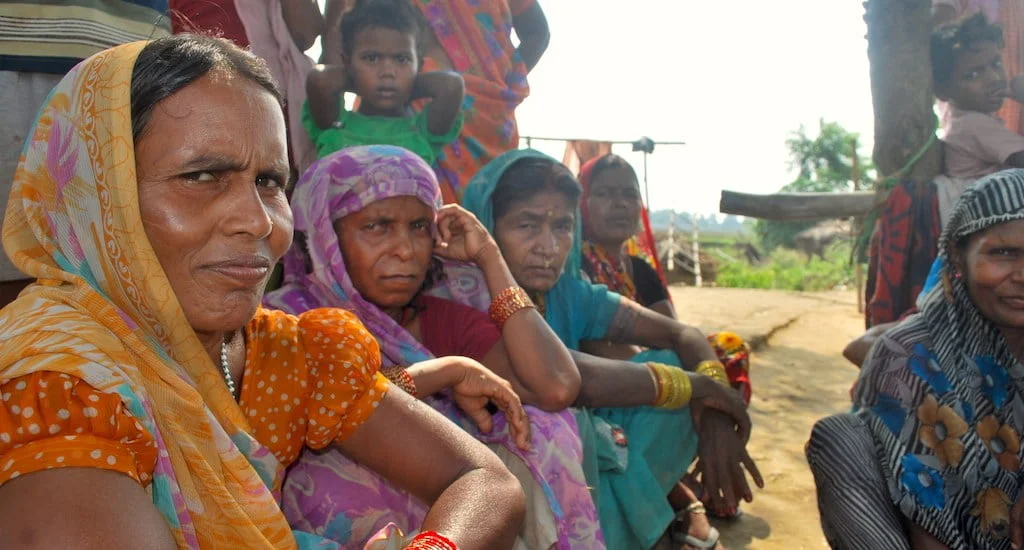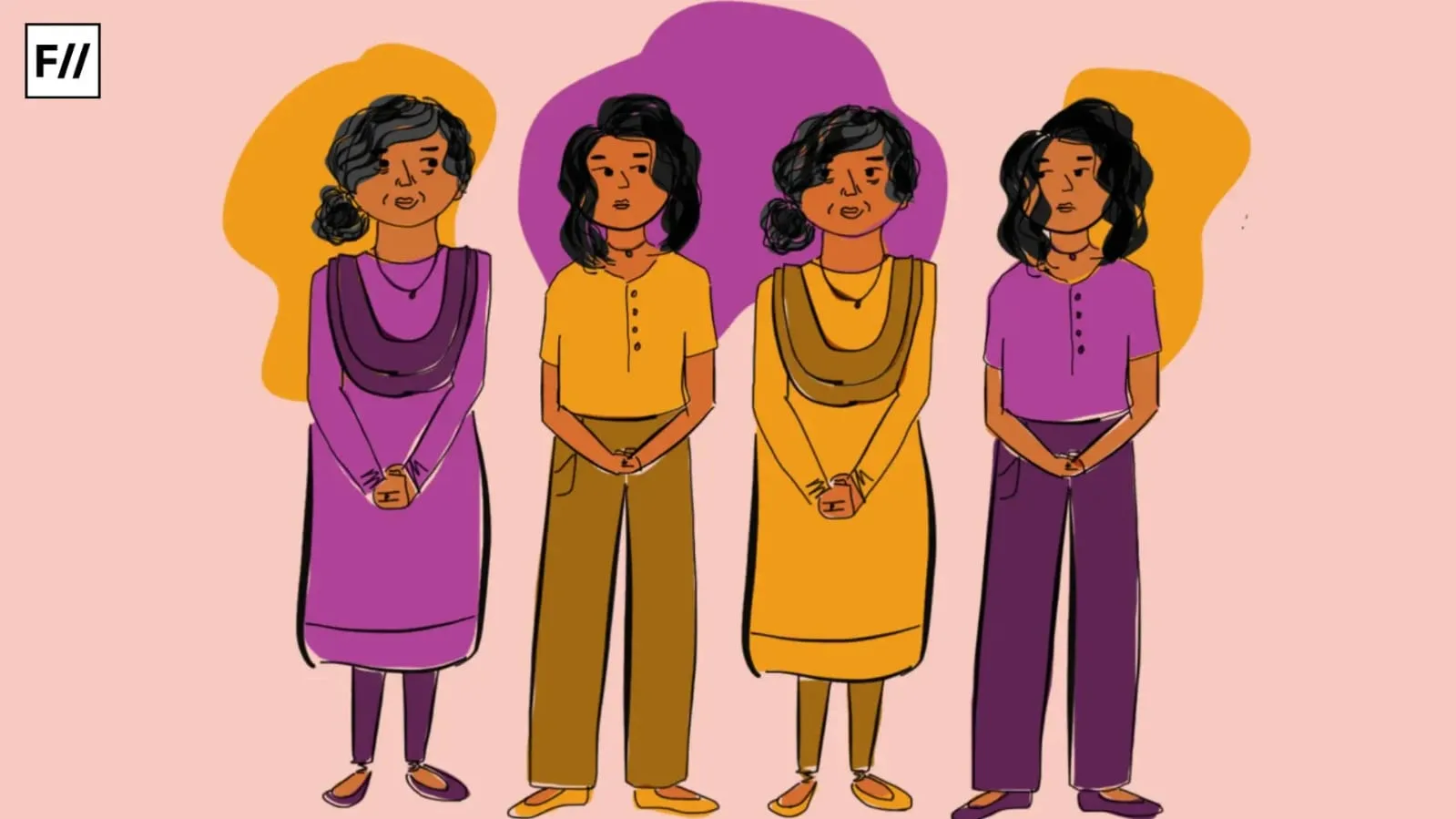Most of us have experienced situations where we calculate our reaction to injustices based on the energy and resources we have left to fight it. We don’t even realise that we are constantly navigating life by walking on eggshells for others.
The term “Emotional Labour” was first used by Arlie Hochschild in 1983. An American sociologist, Hochschild described the term in her book, The Managed Heart, as having to ‘induce or suppress feelings in order to sustain the outward countenance that produces the proper state of mind in others’. In simpler terms, it is either forcing an emotion or hiding one, in order to maintain your image, which would ideally be convenient for the society.
This concept emerged as observations were made by feminists in the service sector. Hochschild asserted that, ‘less and less of these modern economies are based on felling trees, drilling wells, manufacturing stuff; more and more, they are based on face-to-face, voice-to-voice, interaction needed to provide services. Those interactions call for emotional skills.’ Most of these interactions are shouldered by women and are systematically invisibilized.

With attention streamlined towards recognising the invisible work that women do, discussions around “emotional labour” have become an essential part of the feminist discourse. The pervasiveness of emotional labour has reached discourses around work, relationships, interactions between strangers, etc. Many have pointed out that in heterosexual relationships, women are constantly made to feel responsible for the emotionally taxing work to maintain a relationship on the pretext of their so called “natural caring” tendencies. More often than not, the woman is aware and conducive to the feelings of their male partner, whereas the man is overwhelmingly unaware of the complexities of maintaining a relationship.
Many have pointed out that in heterosexual relationships, women are constantly made to feel responsible for the emotionally taxing work to maintain a relationship on the pretext of their natural “mothering” tendencies.
However, it’s disappointing, and yet, unsurprising, to see that the discussion is still majorly conducted and dominated by the experiences of white feminists. Whatever discussions that have reached India are limited to the emotional labour perceived within the service-sector, and all of them are inaccessible to non-academic people. Yet, without being named, emotional labour like repressing emotions has been part and parcel of growing up in a country like India.
We are constantly told to “pay attention to our surroundings” or “carefully tread our paths when we’re around bade log (a term which encompasses a wide variety of people from elders to those who have a greater social pull than us). Perhaps, due to the intersections of gender, caste, class, and sexualities, it is difficult to paint a black-and-white picture of emotional labour.
Managing emotions for the facility of easy management of household, work and social relations, is a practice people from marginalised communities are most familiar with. The reason behind this incessant and deep-seated hierarchy can be imputed to the reaction one receives if they are seen acting “out of character” or expressing an emotion which is not expected of the person from a certain community. It is considered disruptive, unethical, and, most often, leads to negative and severe consequences to the normal functioning of their life.
Also read: (On) Female Anger: The Gendered Diagnosis Of Emotions
A typical example of an emotionally laborious task a woman often faces in a middle-class household is to “keep quiet” for a lot of discriminating practices that are passed off as “tradition” — like being restricted entry in certain places, predominantly places of worship, while they are on their periods. Or having to manage household chores of laundry, dish-washing, cooking, as well as earn a living and contribute to family income, while being compensated lower than a man doing the same job as her. Or for a lower caste student, they are expected to stay quiet about the constant harassment they face through comments questioning their “merit” in educational institutions. Emotional labour in India seeps deep within the community on the pretext of respect, humility, gratitude, religion, maintaining peace, and harmony.

This leads to high number of cases of severe mental illness and suicide. The World Health Organization (WHO) estimates that nearly 900,000 people worldwide die from suicide every year, including about 170,000 in India. Among these, women are at a higher suicide risk than men with suicide deaths at ages 15 years and older being 40% male suicides and 56% female suicides. Even though the negative impact on the mental health of people from marginalised communities has recently gained traction after being highlighted by many activists, none such formal studies have been done to help bring light on this matter.
Emotional labour in India seeps deep within the community on the pretext of respect, humility, gratitude, religion, maintaining peace, and harmony.
Moreover, this data is contested to be skewed as they are only collected from police reports. Due to high socio-cultural differences within the population of India, many cases go unreported, of which one of the leading factors being the criminality of suicide by law. Death by suicide is frequently reported as due to illness or accident to avoid police investigation. The families of suicide victims usually do not want postmortems because of the fear of mutilation of the body, the time-consuming nature of the process, and the stigma involved. Statistics derived from police records hence under-report suicides.
Therefore, it is imperative for proper research and rehabilitation methods to be put in place to acknowledge and counter the effects of emotional labour. To this end, there needs to be, in the least, raised awareness and discussions about emotional labour in India among marginalised communities within academic and professional circles.
Also read: Serena Williams Vs Carlos Ramos: Why Are Emotions So Gendered?
References:
Featured image source: BBC
About the author(s)
(she/they)
A literature and gender and sexualities student, Saumya seeks to find explanations yet ends up with more questions unanswered. Identifies as an intersectional feminist, writer, and researcher. Solidarity always.




